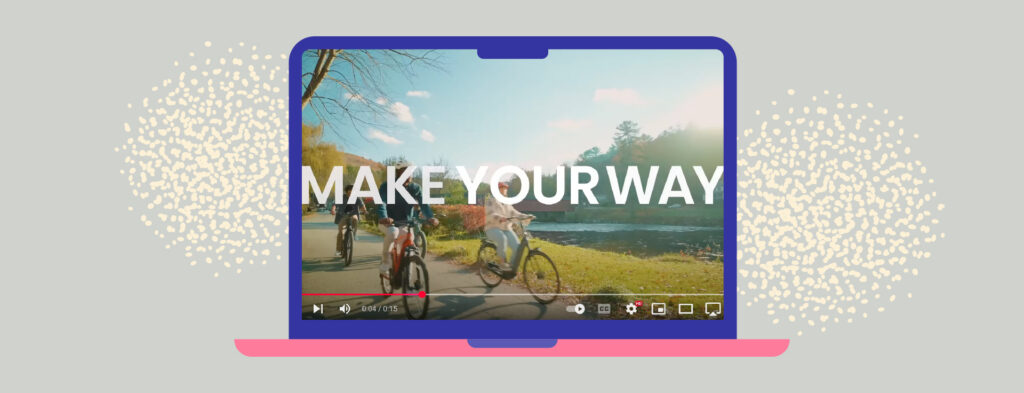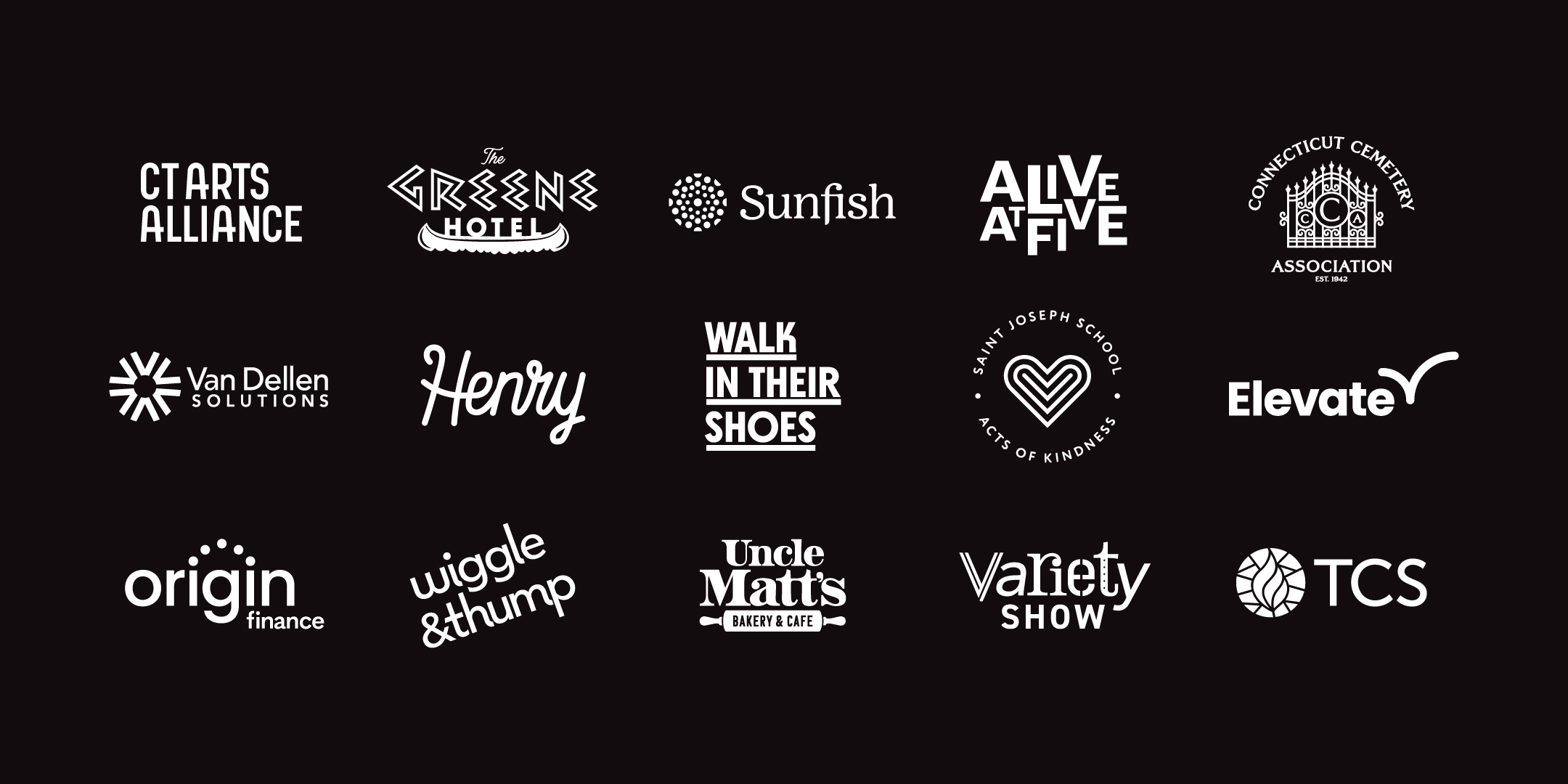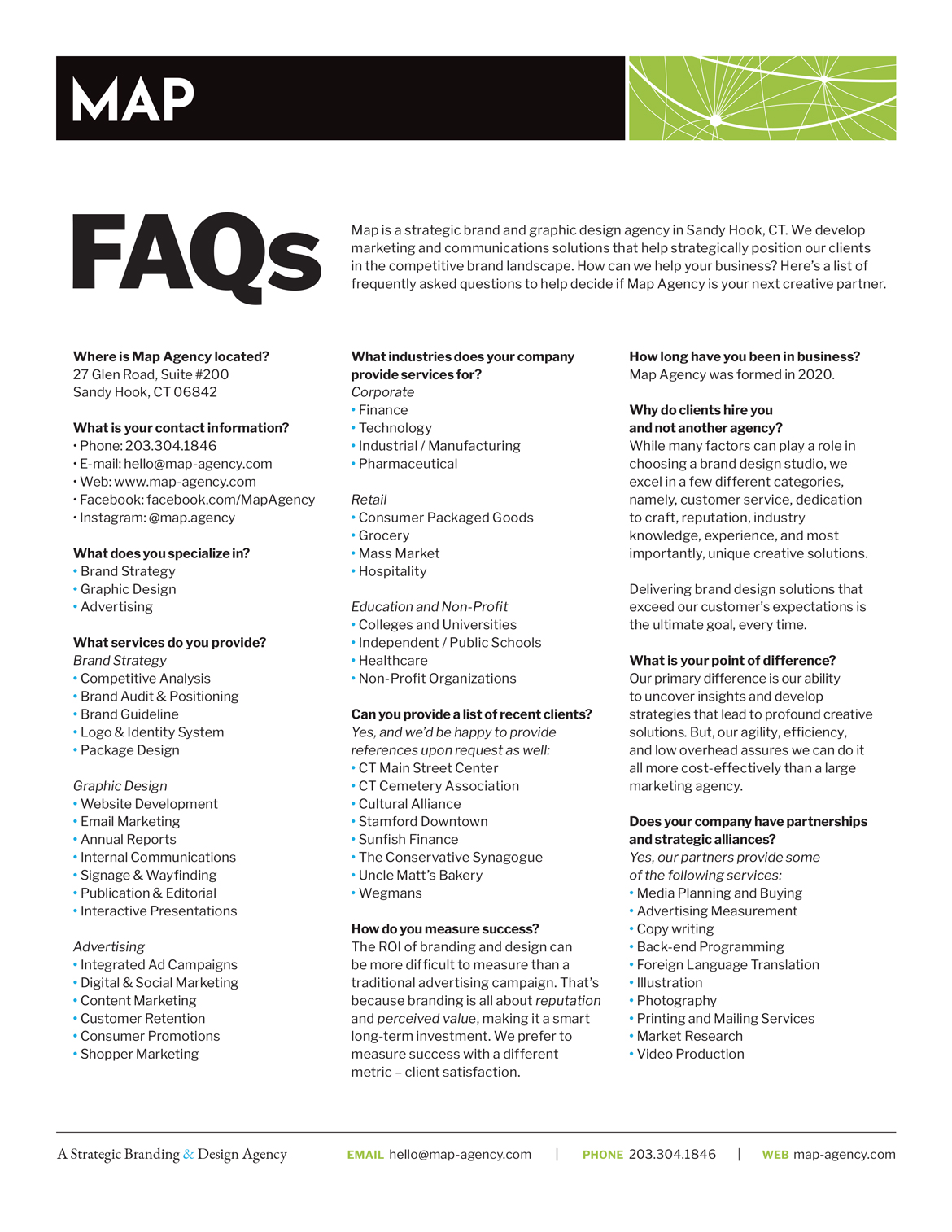Connecticut is in a state of exodus. Big businesses, and all their tax-paying employees, have been leaving the state for years. General Electric, the company founded by Thomas Edison, left for Boston in 2016. They blamed state taxes as a major issue. LEGO, based in Enfield, announced their headquarters will also moving to Boston by 2026. Aetna, United Technologies, Edible Arrangements... the list of state departures continues to grow. (Fowler, 2023)
The solution? A bold rebrand, of course, and a brave new advertising campaign. In 2023, Governor Ned Lamont launched a $1.5 million platform to tout all of Connecticut’s redeeming qualities. The “Make It Here” campaign uses traditional advertising and digital media to highlight the high quality of life for residents, including places of interest in the arts, sciences, and manufacturing. But let’s be honest, the purpose of the brand campaign is to help change the “collective perception” about Connecticut’s tarnished reputation. (Yakob, 2022, pg. 17) The state wants to convince people and businesses to move back. Can social media help?
Based on available metrics for both paid and organic social media strategies, we can analyze the reception of CT’s new brand campaign, and offer a few suggestions to improve performance moving forward.
Paid Media
Connecticut’s paid media approach is important, because taxpayers want to know how their money is being spent. While we can’t see the exact investment, Facebook Ad Library helps paint a clearer picture. Currently, the Visit Connecticut account is running 42 paid ads on Facebook, Instagram, and Facebook Audience Network. In a rather big push, they were all posted on January 20th, which also hints at the seasonality of their campaign.
Interestingly, the ads lead to ctvisit.com, a content-rich lifestyle website that showcases everything to do in CT. Clearly, this website is aimed at tourists that live in or around the state. Ironically, the homepage highlights the “Make It Here” advertising slogan, which seems more appropriate for businesses. From a creative standpoint, I would consider two separate campaigns: one that targets businesses, and another aimed at residents looking for fun things to do.
In terms of content, the paid ads highlight a range of winter attractions, from museums and “places to read and relax,” to aquariums and outdoor adventure parks. They feature seasonally appropriate static imagery and are generally well-written, though a little un-inspiring for the tourism category. To increase social sharing, or what Olivier Blanchard refers to as “P2P” (people to people) interaction, I would consider using language that gets people talking. (Blanchard, 2011, pg. 6) With such a priority on paid media, they missed an opportunity to break through the clutter and drive site visits.
Organic Media
Organically, Connecticut is looking to cast a wide net. In addition to Facebook and Instagram, they’ve invested in YouTube, Pinterest, and X. TikTok is an understandable omission, given the population’s rising age. (U.S. Census Bureau QuickFacts) No doubt, expanding reach was among the brand campaign’s initial objectives. Their Instagram account, @ctvisit, has over 80,700 followers, and Facebook, @VisitConnecticut, has gained nearly 400,000 followers. Analyzing their social media presence by these simple vanity metrics, it appears they’ve struck a chord with their audience. However, engagement metrics help tell a more complete story.
In, “The 21 essential social media metrics you must track for success in 2024,” author Chloe West places engagement at the top of the list. (West, 2024) Taking data from Connecticut’s Instagram account over the past week, their engagement rate per post calculates to 0.3%, well below industry average. On Facebook, a platform that should perform better based on demographics, the same formula amounts to only a .02% engagement rate. If engagement rate is to be a priority for the state of CT moving forward, they’ll need to reconsider their content strategy. I would recommend revisiting the posts that are performing better and focusing on that type of content.
YouTube

Currently, the state is primarily leveraging YouTube to host their regional “Make it Here” brand awareness videos. The :15 ads have a wide reach (one video has over 1 million views), but the results are unquestionably a result of the paid media campaign. The videos are traditional, overly produced, lifestyle vignettes featuring things to do, and places to visit. They aren’t optimized for mobile, and comments have been turned off, meaning the state isn’t looking to create a conversation. An opportunity exists to create more engaging videos featuring real people doing the things they love. That would encourage social sharing and get people talking about the state of Connecticut in a more authentic way. (Yakob, 2022, pg. 21)
In an effort to gain followers and expand reach for their new brand, Connecticut has flooded their social media channels with both paid and organic content. The result is an approach that seemingly prioritizes quantity over quality. Based on available metrics, it appears the time has come to focus on creating fewer, but more impactful social media posts. Otherwise, Connecticut’s next exodus isn’t going to be out of the surrounding borders — it will be a flood of followers leaving the state’s social media platforms.
References
Blanchard, O. (2011). Social Media ROI. Pearson Education Inc.
Fowler, A. (2023, January 26). Another job giant leaves CT, echoing other departures. Yankee Institute. https://yankeeinstitute.org/2023/01/26/another-job-giant-leaves-ct-echoing-other-departures/
Thony, S. L. (2024). The Marketing Campaign Playbook. STK MKT Entertainment.
U.S. Census Bureau QuickFacts: Connecticut; United States. (n.d.). https://www.census.gov/quickfacts/fact/table/CT,US/INC910221
West, C. (2024, October 23). The 21 essential social media metrics you must track for success in 2024. Social Media Marketing & Management Dashboard. https://blog.hootsuite.com/social-media-metrics/
Yakob, F. (2022). Paid Attention: Innovative Advertising for a Digital World. Kogan Page.


